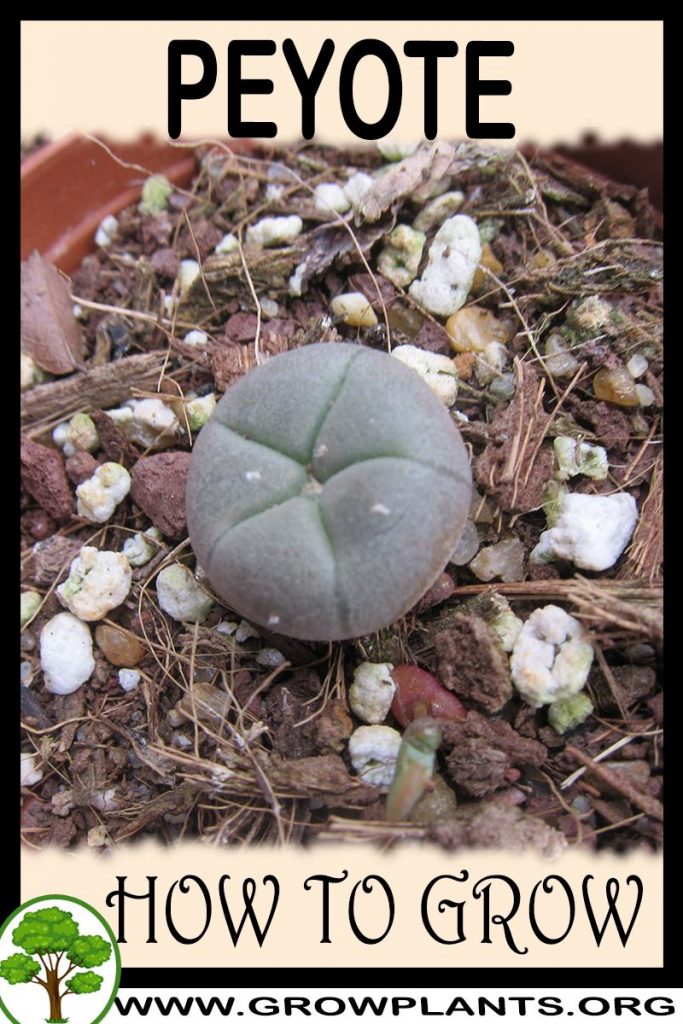Peyote, a small but legendary cactus species (Lophophora williamsii), has captivated the collective imagination for centuries. Known not just for its unique appearance but also for its psychoactive properties, this fascinating succulent invites both curiosity and respect. As the demand for unique houseplants surges, many potential growers ponder the question: can you grow peyote? This guide provides an in-depth exploration of growing and understanding this remarkable cactus, addressing key buyer concerns and highlighting essential aspects of cultivation.
Understanding Peyote: Beyond Aesthetic Appeal
Peyote is endemic to the arid regions of North America, particularly in southwestern Texas and northern Mexico. Characterized by its rounded, button-like shape, this succulent typically measures between one to four inches in height. Its plain green appearance might lead some to underestimate its significance, but peyote holds considerable cultural and spiritual relevance, especially among Indigenous communities, who have used it ceremonially for millennia. This plant contains mescaline, a psychoactive compound that influences consciousness. The combination of its cultural significance and unique properties highlights the necessity for responsible cultivation.
Legality Considerations for Cultivating Peyote
Before delving into the practicalities of growing peyote, it is crucial to understand the legal landscape surrounding it. In the United States, while it is legal to cultivate peyote in some states, many regulations restrict its use based on cultural or ceremonial purposes. In other regions, such as the United States, the control of mescaline (found in peyote) has led to stringent limitations on cultivation. Prospective growers must familiarize themselves with local laws to ensure compliance and to respect the traditions surrounding this sacred plant.
Essential Requirements for Growing Peyote
Creating an optimal environment for peyote is pivotal for successful growth. This cactus thrives in conditions that closely replicate its native habitat—arid and semi-arid environments. Here are key factors to consider:
Soil Composition: The ideal soil should be well-draining to prevent root rot, a common issue with cacti. A mixture of coarse sand, perlite, and a quality cactus potting mix often works well. This blend allows for adequate aeration and sustains the unique moisture needs of peyote.
Lighting Conditions: Peyote requires moderate indirect sunlight. Too much direct sunlight may scorch the surface, while insufficient light can hinder growth. A south-facing window or a grow light can provide the necessary illumination. For younger cacti, exposure to several hours of filtered light per day can promote healthy development.
Temperature Preferences: Ideal growth temperatures range between 70°F to 85°F (21°C to 29°C) during the day, with a slight drop at night. While this cactus is relatively hardy, protecting it from frost is essential, as temperatures below freezing can be detrimental.
Watering Needs: A Common Concern
Water needs for peyote are notably different from many other houseplants. This cactus stores water in its tissues, allowing it to survive prolonged droughts. Overwatering is one of the most common mistakes made by growers, leading to root rot. To establish an effective watering schedule, consider the following:
During the growing season (spring and summer), hydration should occur every two to three weeks. It is essential to allow the soil to completely dry out between watering sessions. In contrast, watering should be significantly reduced during the dormant months (fall and winter), perhaps once a month or even less frequently, depending on the humidity of the environment.
Propagation: The Art and Science of Growing Peyote
For those interested in expanding their peyote collection, understanding propagation techniques is essential. Peyote can be propagated via seeds or offsets. Here’s how:
Seed Propagation: Growing peyote from seeds can be a rewarding yet delicate process. Seeds should be sown in a well-draining mix, lightly covered, and placed in a warm environment with adequate moisture until germination occurs—usually within a few weeks. Careful attention to light and temperature will optimize growth during this early stage.
Offset Propagation: As peyote matures, it may produce offsets, or “pups.” These can be carefully removed from the mother cactus once they reach a suitable size. Ensure that the cut surface dries for a day or two before planting, allowing a protective callus to form, which helps prevent rot.
Peyote’s Cultural and Ethical Context
Growing peyote extends beyond horticultural practices; it involves understanding its cultural and ethical implications. The cactus has significant spiritual and medicinal importance, particularly among Native American tribes. Cultivating peyote responsibly also means respecting these traditions and the plant’s ecological role. Sustainable practices are essential, especially given the concerns surrounding the overharvesting of wild populations. As home growers, a commitment to ethical cultivation will help preserve the cultural heritage that peyote represents.
Conclusion: The Future of Peyote Cultivation
Can you grow peyote? The answer is multifaceted and depends on an understanding of the plant’s requirements, legal restrictions, and cultural significance. With the right conditions and care, cultivating this iconic cactus can be a fulfilling endeavor. Cultivators must approach the growth of peyote with respect—acknowledging its rich heritage while ensuring sustainable practices. As interest in unique houseplants continues to grow, encouraging responsible cultivation of peyote can foster a deeper appreciation for this exceptional cactus and its storied past.





Leave a Comment